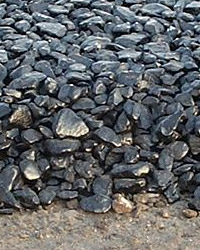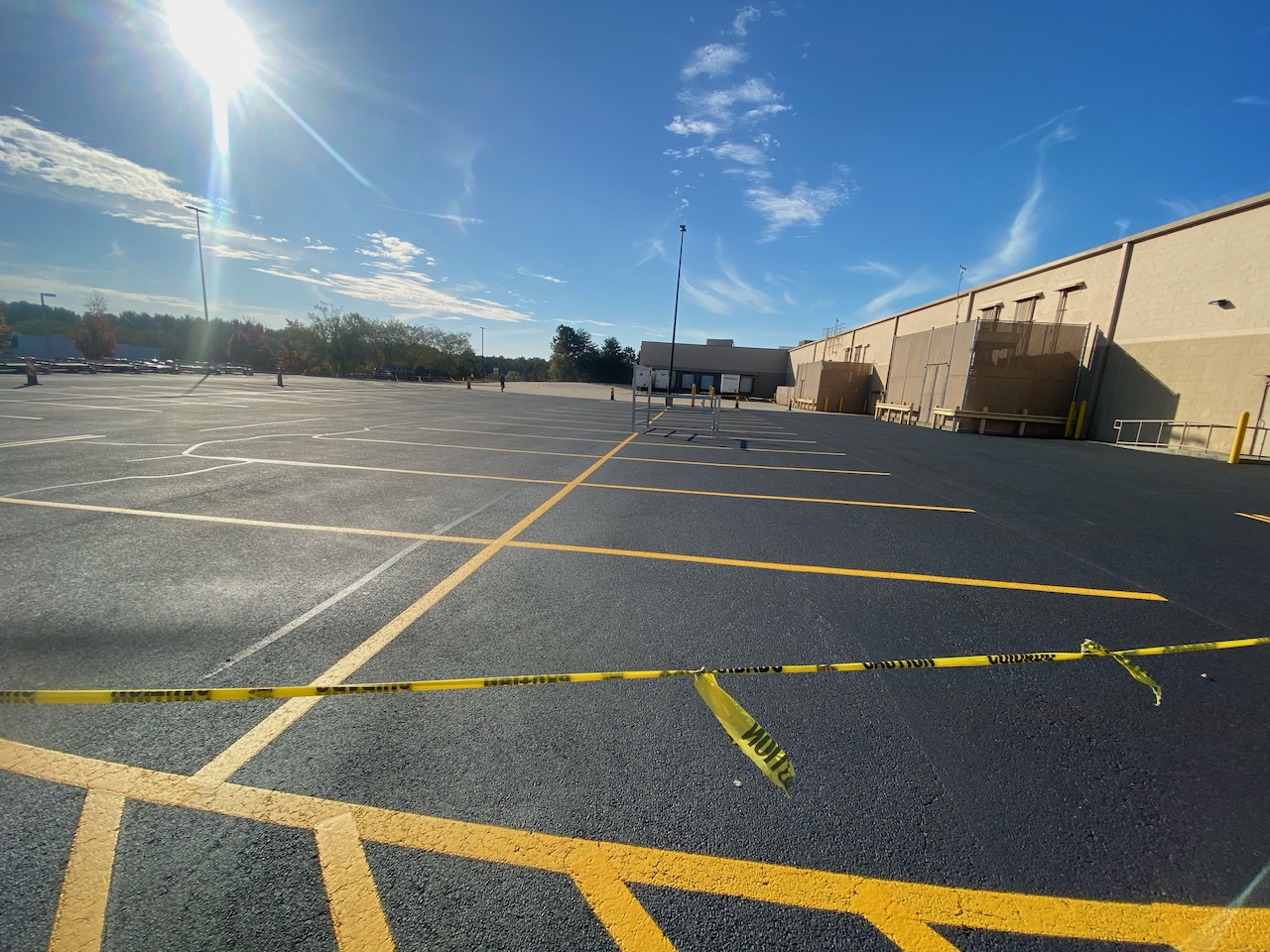
What Your Pavement Is Telling You
• Waves in the asphalt near stop signs, crosswalks or other sites where vehicles frequently stop and go are the result of a defective mix. The mix might have too much asphalt cement, not enough aggregate or the wrong asphalt cement for the climate. Asphalt contractors refer to this type of distress as wash-boarding, corrugation or shoving.
• Waves in the asphalt that appear in the traffic lane (called rutting) are the result of pavement that is either improperly designed or too thin to support the loads placed on it. Rutting can be a danger to drivers. Water collecting in the ruts can increase the possibility of hydroplaning or alter the vehicle’s path of travel.
• Unusually smooth and shiny patches indicate that the mix contained too much asphalt cement. Since corrugation can also be caused by the same improper mix, flushing is frequently found on pavement that is also suffering from corrugation.
• A network of connected small cracks that have an appearance similar to the scales on a crocodile’s back is called alligator cracking. It is frequently caused by water beneath the pavement that is destroying the base that the asphalt needs if it is to be resilient and strong. However, alligator cracking can also be caused by subjecting the pavement to a heavier load than it was meant to withstand or by poor compaction when the pavement was installed.
• If your pavement is torn or wrinkled, it is trying to tell you that the bond between the asphalt and the base has failed. Bond failures are almost always caused by installation mistakes, and they usually manifest during the first 12 months that the pavement is in service.
• If you notice that vehicles are forcing water and/or mud to the pavement’s surface, you should be prepared for alligator cracking or potholes. The mud and water is coming from underneath the pavement, which indicates that water has worked its way between the pavement and the foundation and is making the foundation unstable.
Asphalt contractors will first inspect the pavement to determine the scope and cause of the distress. Issues such as water penetration or destabilized foundations will need to be corrected. In many cases, distressed pavement can be treated by applying an overlay (a layer of asphalt over existing pavement) or by using the cut-and-patch technique (cut out the defective asphalt and install a patch).
At MH Greeson, we work closely with customers to help them prevent or remedy pavement distress. We offer a wide range of services, including asphalt paving and repairs, overlays, pavement markings, asphalt sealcoating and parking lot striping. Our crews are professional, highly trained and experienced, and they take pride in providing quality work at reasonable rates to customers in the greater Atlanta area. To request a free estimate, you can either submit our online form or call 770-335-2983.




